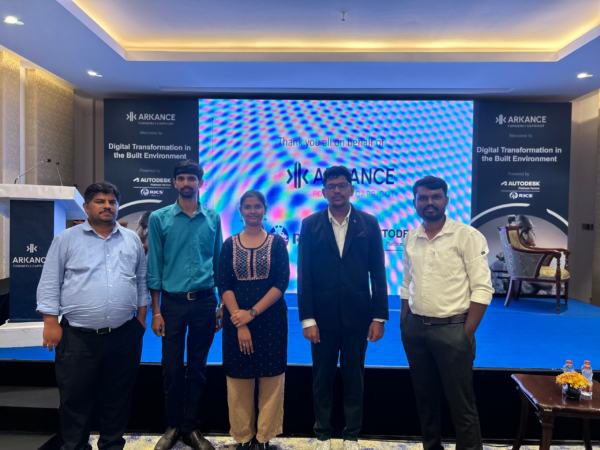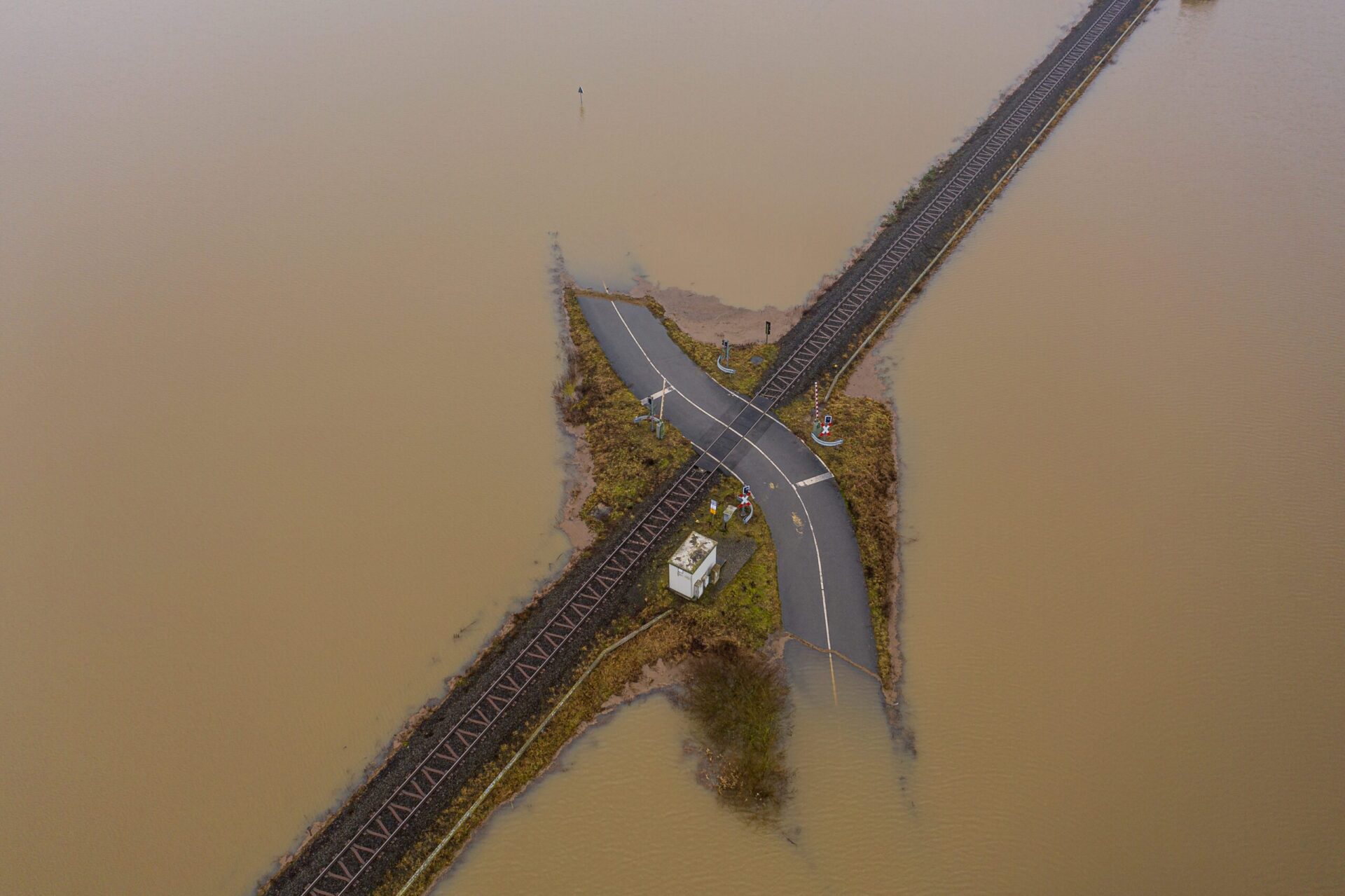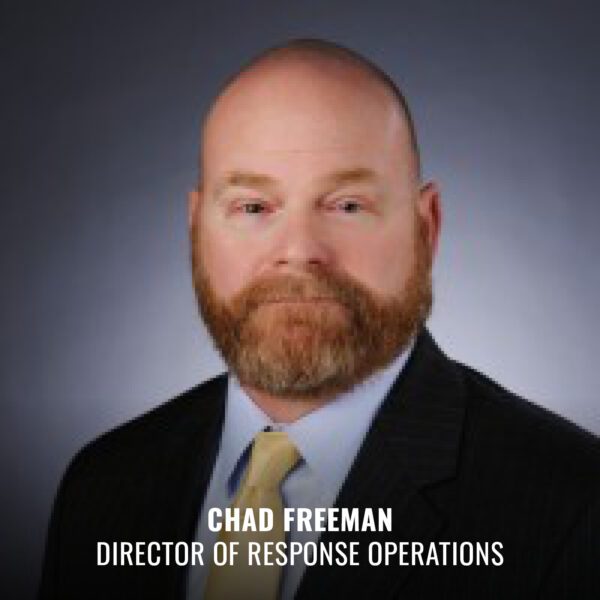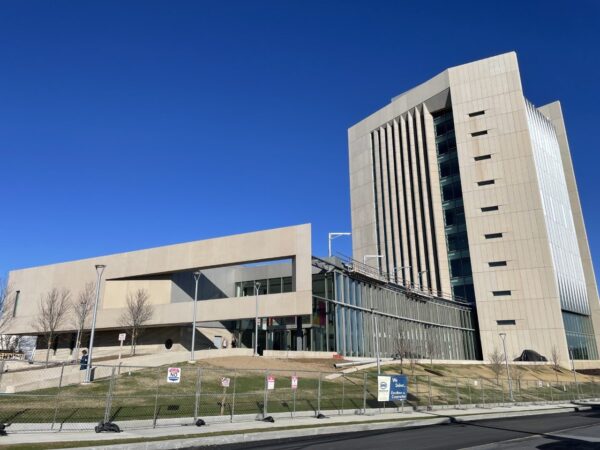
July 15, 2024 | Articles
Construction’s Digital Transformation & The Tools of Modern Project Management

Many factors impact the success or failure of a recovery program. Access to funds, the extent of the damage to community infrastructure, and even the ability of a skilled workforce to address repair and reconstruction, for example, can all contribute to the speed and efficiency of the recovery process. However, for these and, conceivably, every single challenge and risk a recovering community share a common characteristic for success or failure: timely and accurate communications.
Planning Communications: Never Too Early
Without a doubt, leaders are learning how to be best prepared for the next disaster and to make their communities as resilient as possible through smarter infrastructure and advanced disaster response planning. Mitigating risk through up-front planning, such as tabletop exercises, what-if scenarios, and more formal risk management processes can make a huge difference in addressing exposure, protecting property, and saving lives as well as in mapping out the ultimate recovery of a community.
To truly maximize the benefit of these steps, communications and reporting planning should begin during these early stages and continue—and evolve—throughout the entire recovery program lifecycle. In fact, in my opinion, the inability to communicate effectively is likely the greatest risk a recovery program faces and should be treated as such from day one.
Leveraging Technology: Filling Your Toolbox
Technology offers a powerful lever for clients to enhance and maintain their recovery communication. Whether launching an off-the-shelf, one-size-fits all program management information system (PMIS) or choosing a more agile and scalable solution such a low-code PMIS, these tools can offer stakeholders and decision makers real-time access to program data and progress, improving accountability and facilitating smart decision making. In addition, they can aid in monitoring and tracking to verify compliance with the applicable program funding sources.
Identifying which PMIS solution is best for your community’s needs is a conversation that can and should start before a disaster, as well as which stakeholders, agencies, etc. need to be included at which stages of the recovery program. Vetting the myriad of options available early in the program lifecycle will help ensure the team, as well as the community, has the right tools capturing the right information to distribute to the right parties.
There are several questions owners and clients should consider when choosing their communications tools and platforms, these include:
Over the course of my nearly 20-year career in the AEC industry, I have seen recovery programs succeed or fail largely on the strength of their communications tools and planning. For example, while responding to a disaster in Louisiana the team faced a large geographical area to cover. The client required real-time updates to make operation decisions but was still using a primarily paper-based system for reporting and tracking.
To solve this problem, our team developed a mobile system to expedite reporting. This tool greatly enhanced our communications and our ability, then, to report progress from the field and support the client’s decision-making process.
Connecting Through Communications: Governance and Monitoring Processes and Procedures
Communications also serves a key function within the wider program framework of linking and enforcing recovery program governance processes and procedures. Program governance refers to the systems, methods, processes, and procedures that define, authorize, and monitor program performance and adherence to the program’s approved strategies.
In the understandable rush to return communities to normalcy in the aftermath of a disaster, recovery program governance can become an add-on to the aims of the wider recovery process. Unfortunately, when this happens the program is at an exponentially greater risk for cost and schedule overruns as well as for unhappy stakeholders and frustrated clients and teams.
The solution is to integrate governance processes into the communications plan. Within the governance framework spanning the entire decision-making chain, the program management team should establish clear and concise communication processes and define the tools to be used to verify compliance with regulations and requirements, alignment with organizational goals, and change management procedures. In fact, with a robust communications platform and process in place, program governance becomes ingrained throughout the entire team—reducing risk and driving progress.
Conclusions: Low Communications Equals Higher Cost
Disasters today are increasing in intensity, frequency, and scale. As communities prepare for any type of disaster—whether natural or man-made—their communications plan should include specifics to address reporting, monitoring, and compliance during recovery as well as during and in the immediate aftermath of the event itself. This is key to controlling costs and maintaining schedule once recovery is underway.
There are many tools and methods available to foster robust and accurate dissemination of information available today, and plenty of experts available to assist your community in choosing the solution that best fits your specific program’s needs. To drive progress, maintain accountability, and rebuild your community, start the discussion now on how your team will communicate during recovery.

Charles “Chad” Freeman has nearly 20 years of experience in the AEC industry, including serving as a Senior Project and Program Manager for disaster recovery and infrastructure projects across the U.S., including work supporting the Federal Emergency Management Agency (FEMA). As a team leader, he has been responsible for overseeing projects and programs throughout the project lifecycle to completion.
Chad currently serves as Director of Response Operations for Hill International, Inc. where he leads the Resiliency and Disaster Recovery practice’s program, project, and construction work for clients involved in housing and other infrastructure recovery programs. Contact Chad at [email protected] or 228-990-2488 for more information on how Hill’s team can help your community recover more efficiently and effectively.
Share

July 15, 2024 | Articles
Construction’s Digital Transformation & The Tools of Modern Project Management

July 10, 2024 | Articles
GC/CM at Post Falls: Managing Avista’s North Channel Dam Rehabilitation Project

June 23, 2024 | Articles
Irv Richter – An Innovator, A Pioneer, A Leader (1944 – 2024)

June 14, 2024 | Articles
Environment of Care Standards – Meeting the Challenge (Part Two)

June 13, 2024 | Articles
PMO for Public Transit Project Success: The Reopening of Philadelphia’s Franklin Square Station

June 7, 2024 | Articles

May 17, 2024 | Articles
Hill Interim Federal Market Sector Leader Jane Penny Receives Golden Eagle Award

April 11, 2024 | Articles
A Model Move: Managing Move-In at the Sylvia H. Rambo U.S. Courthouse